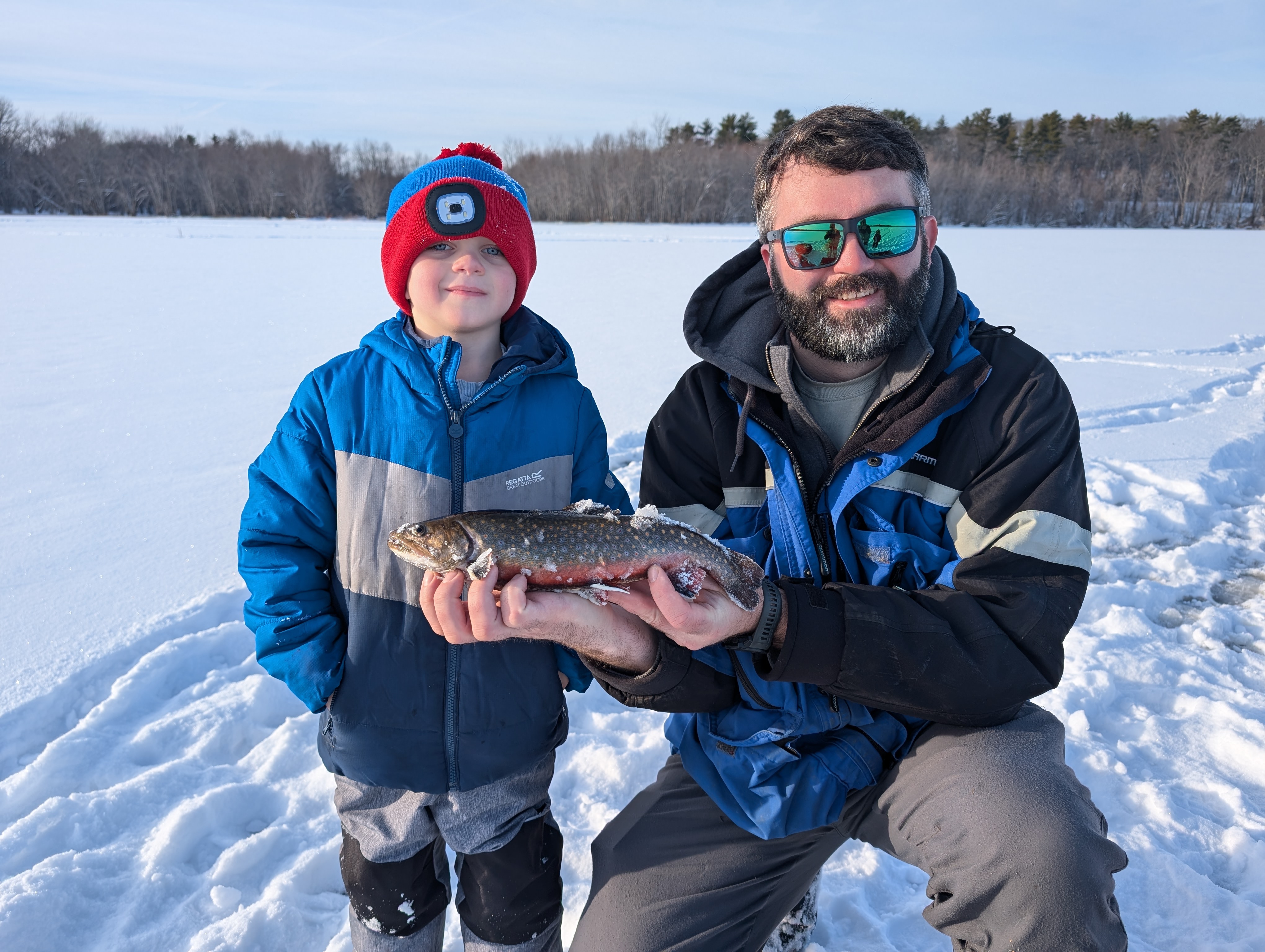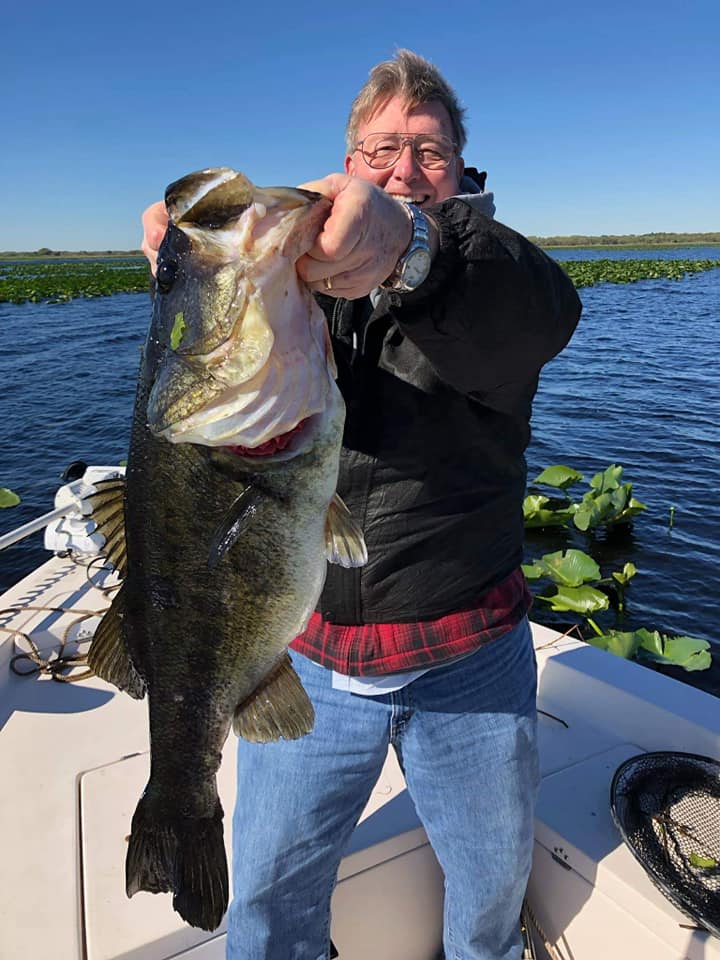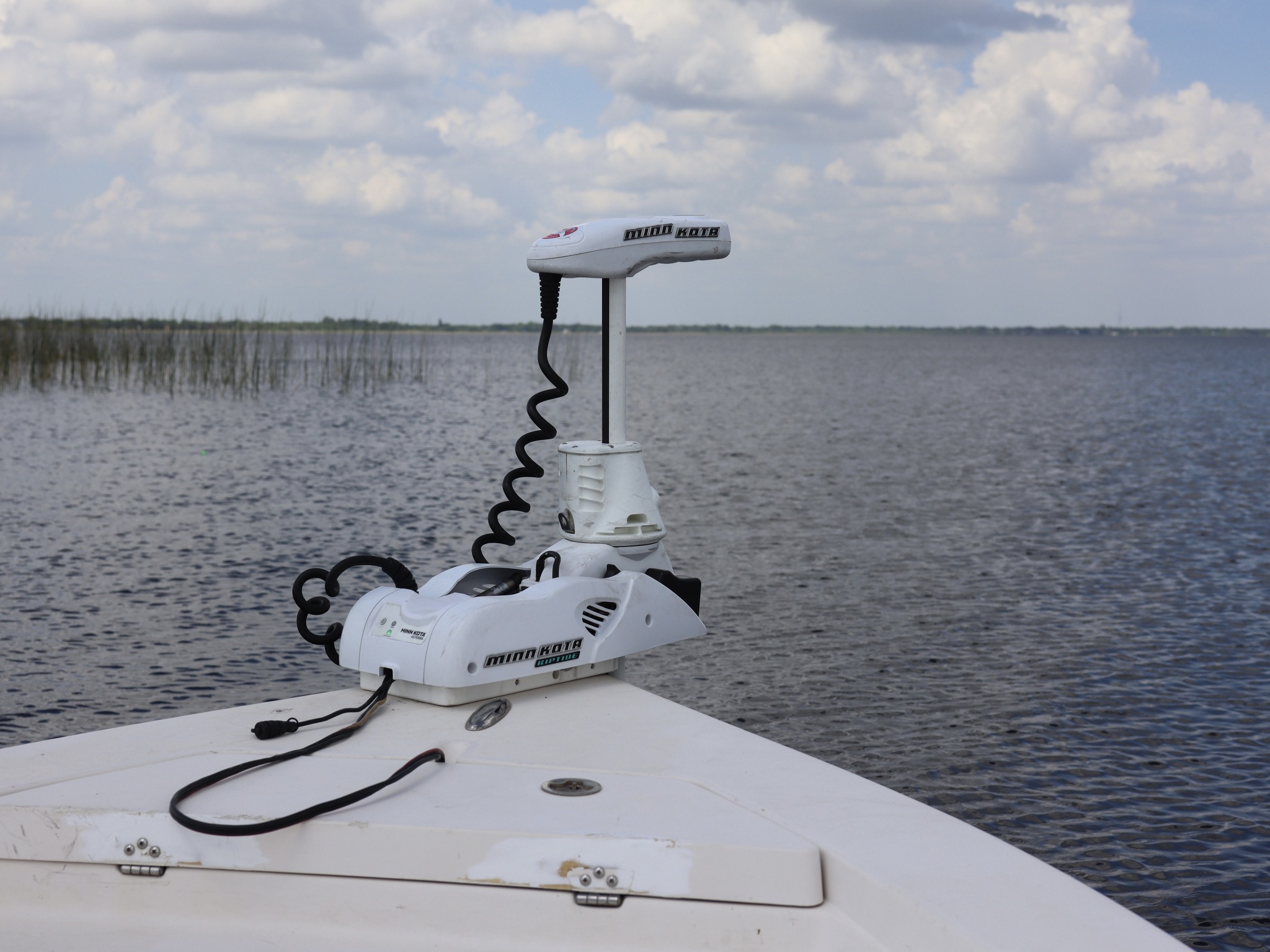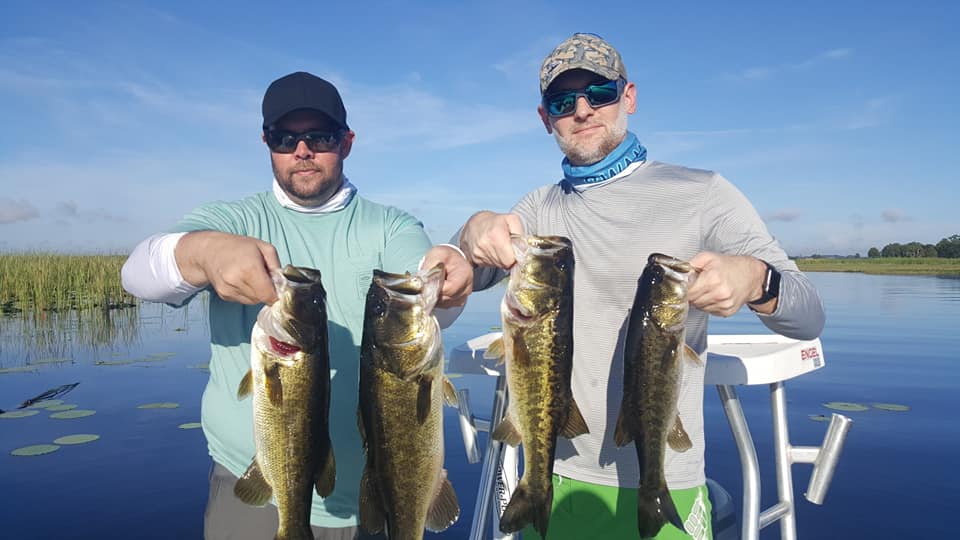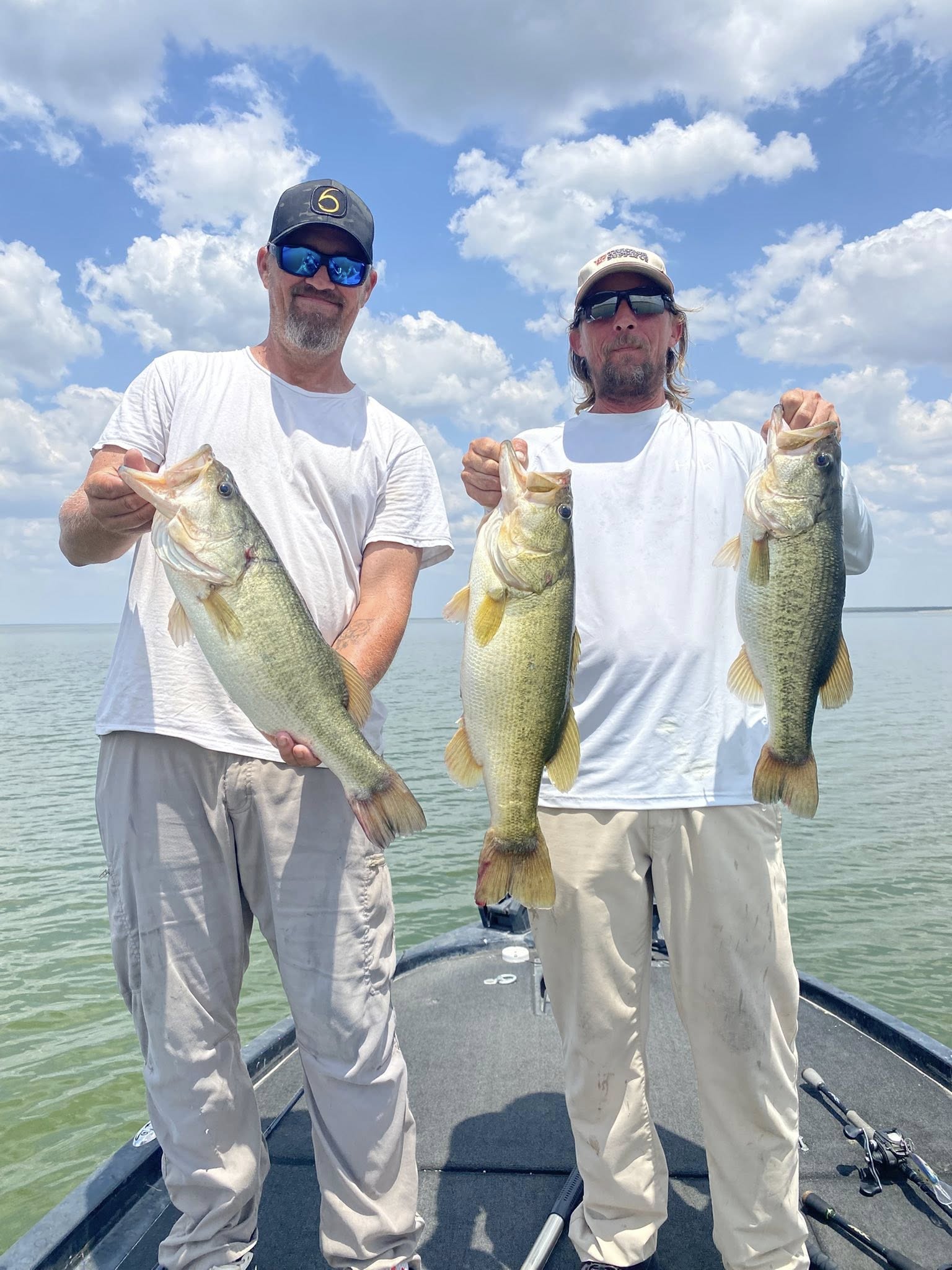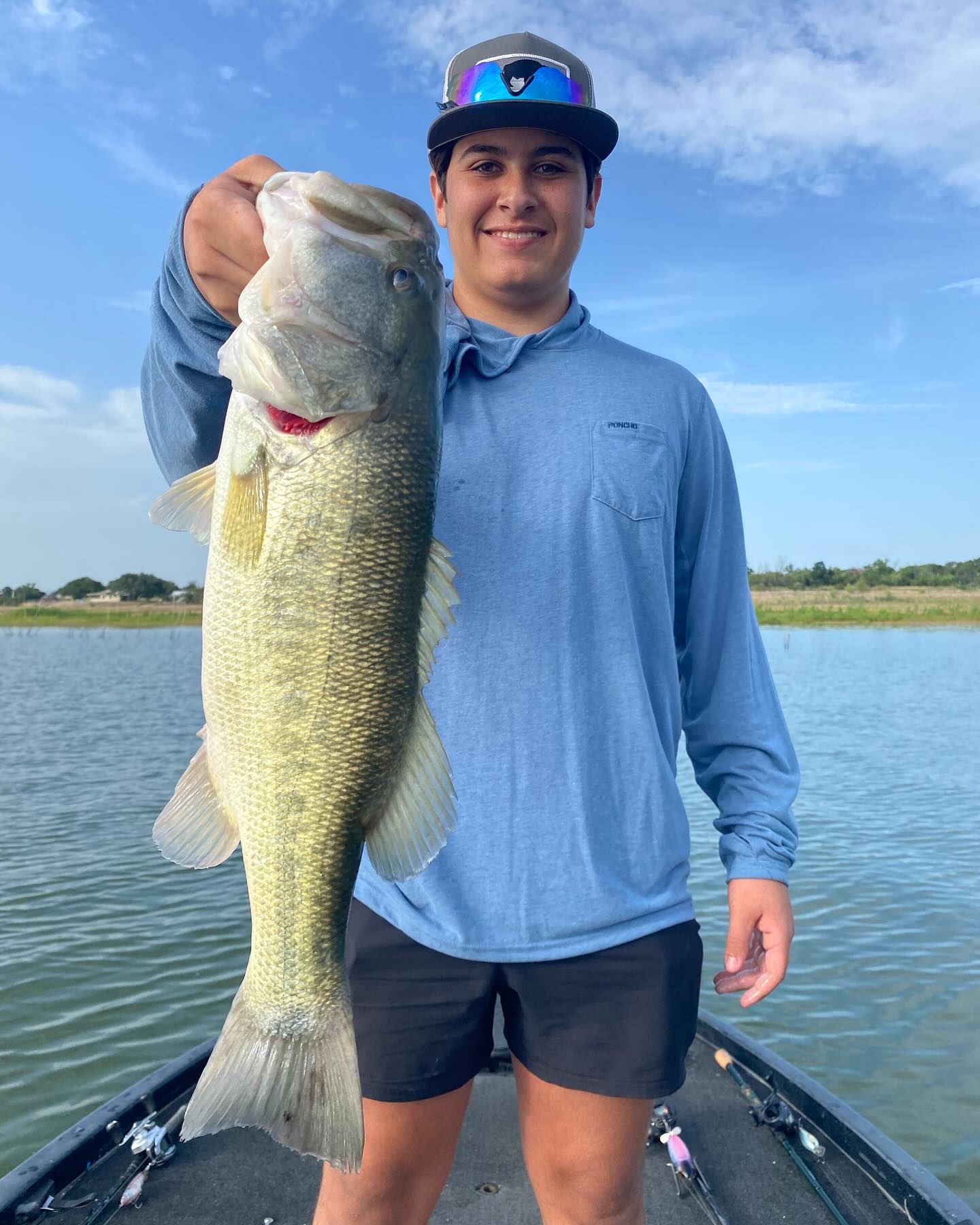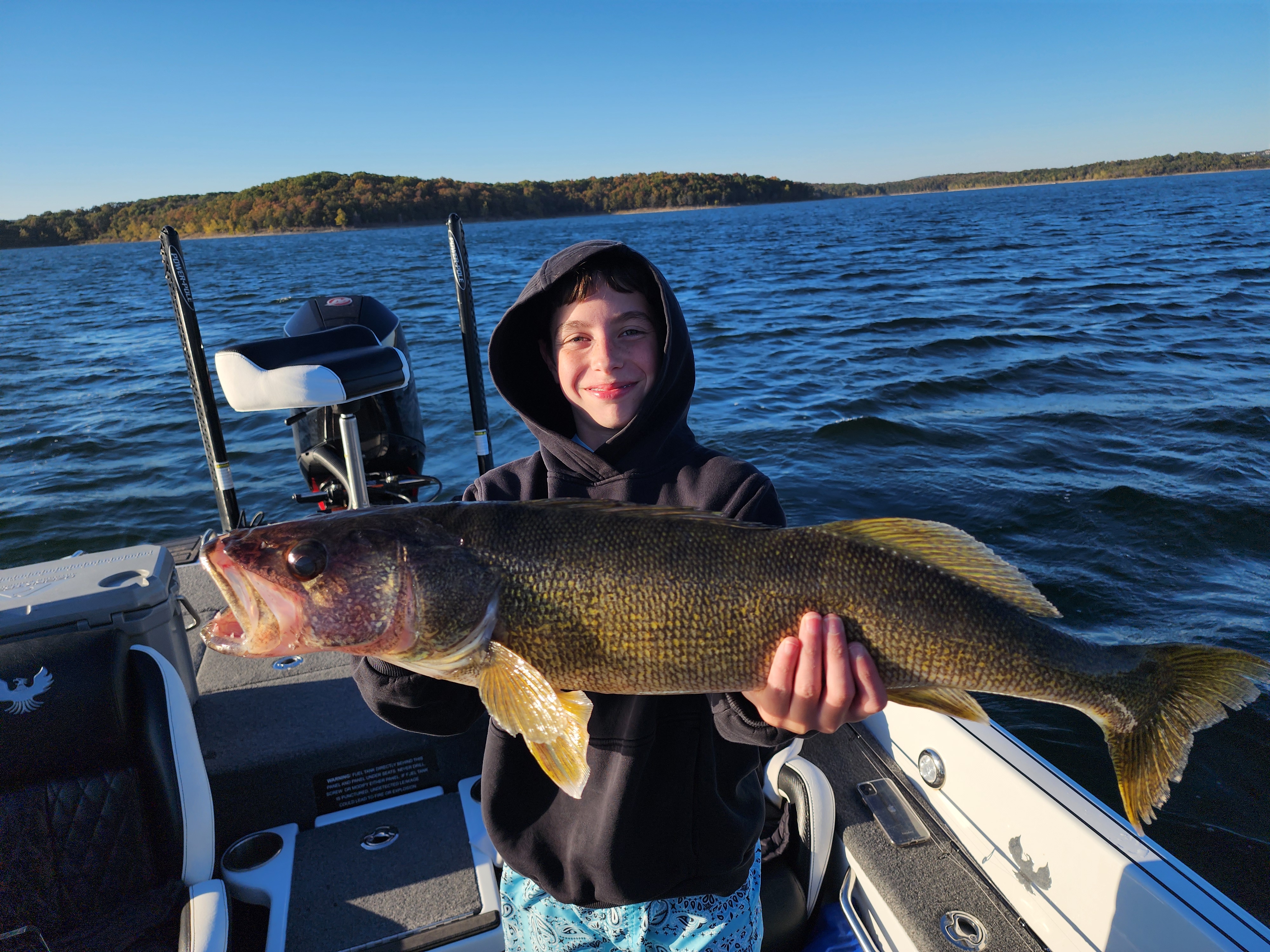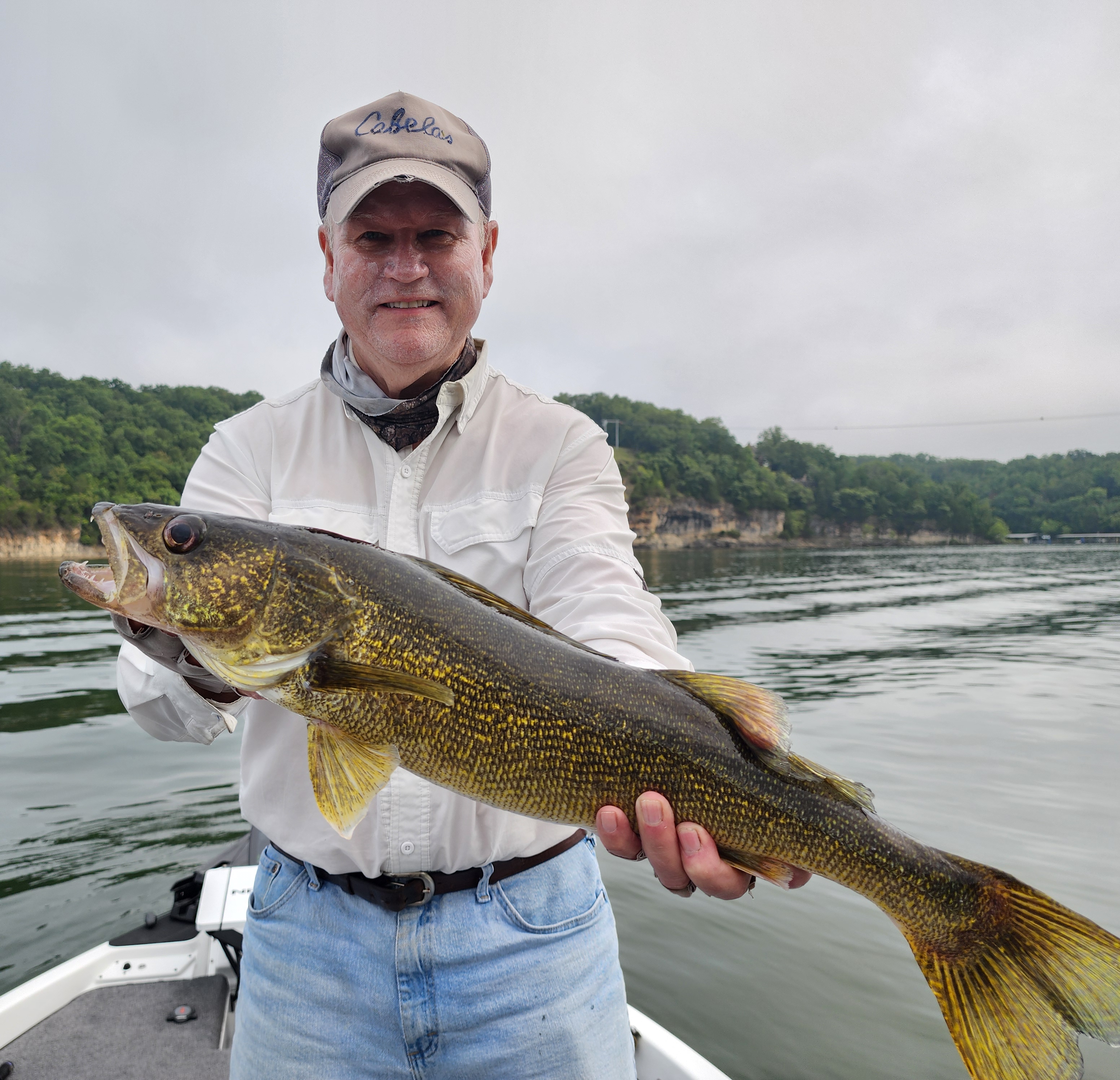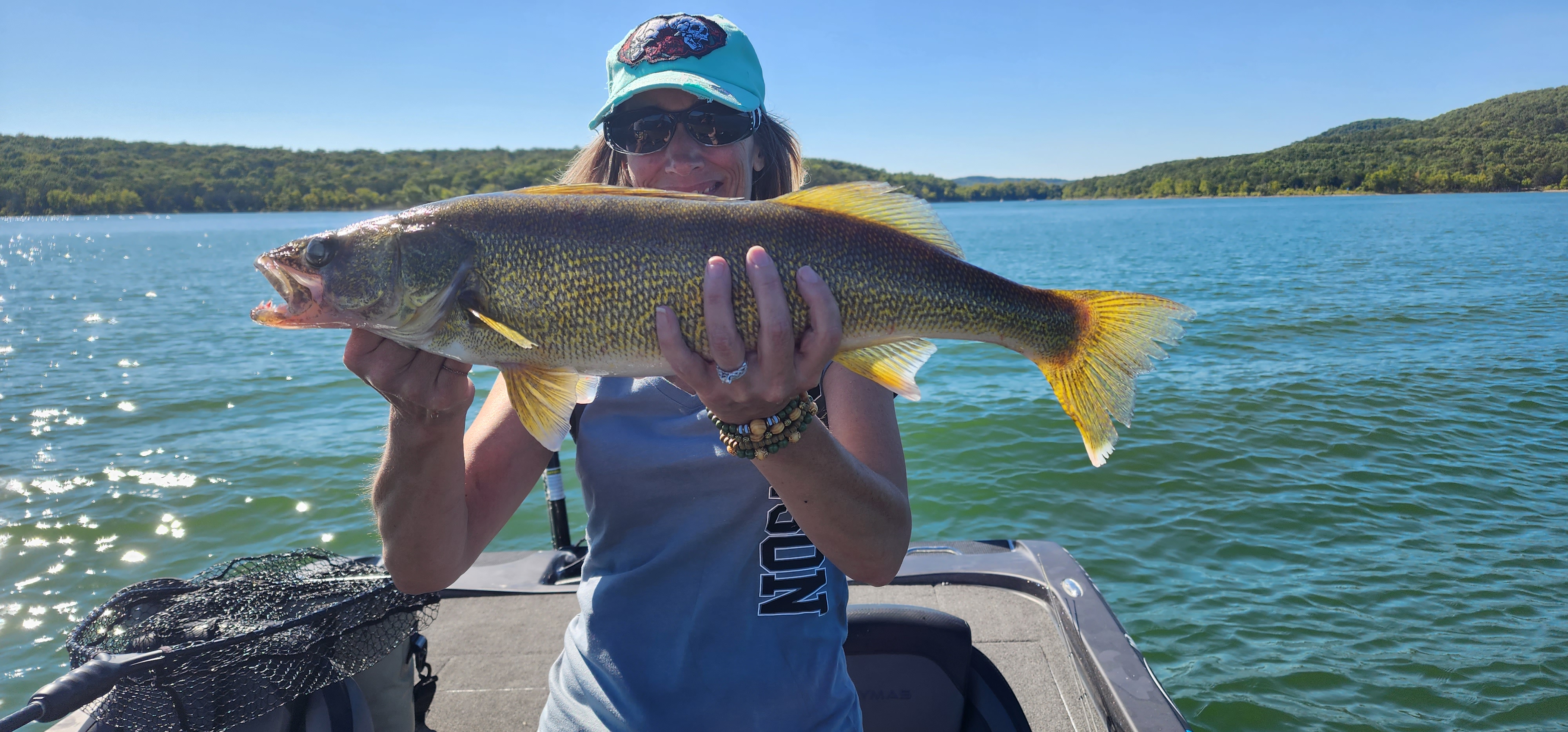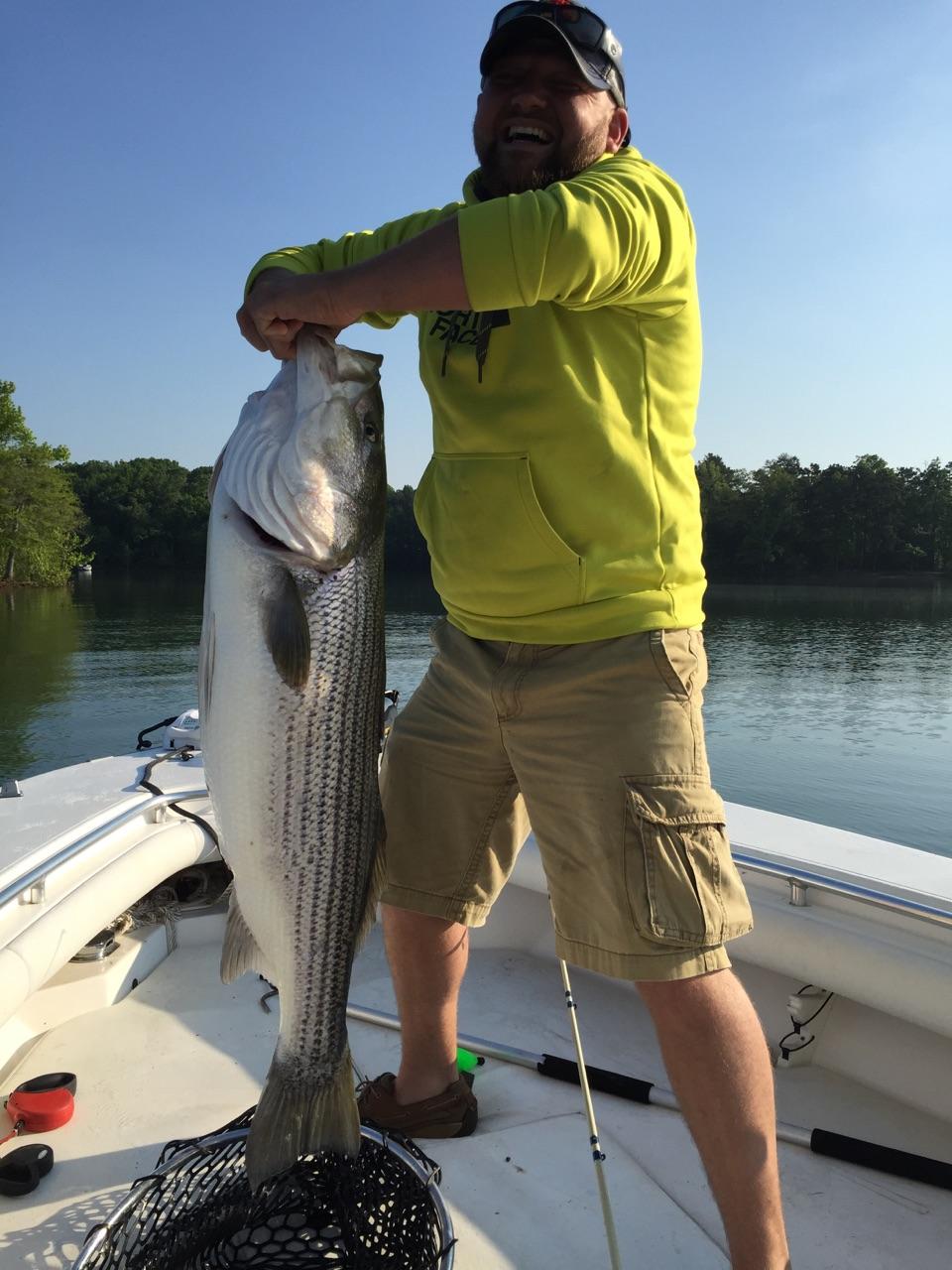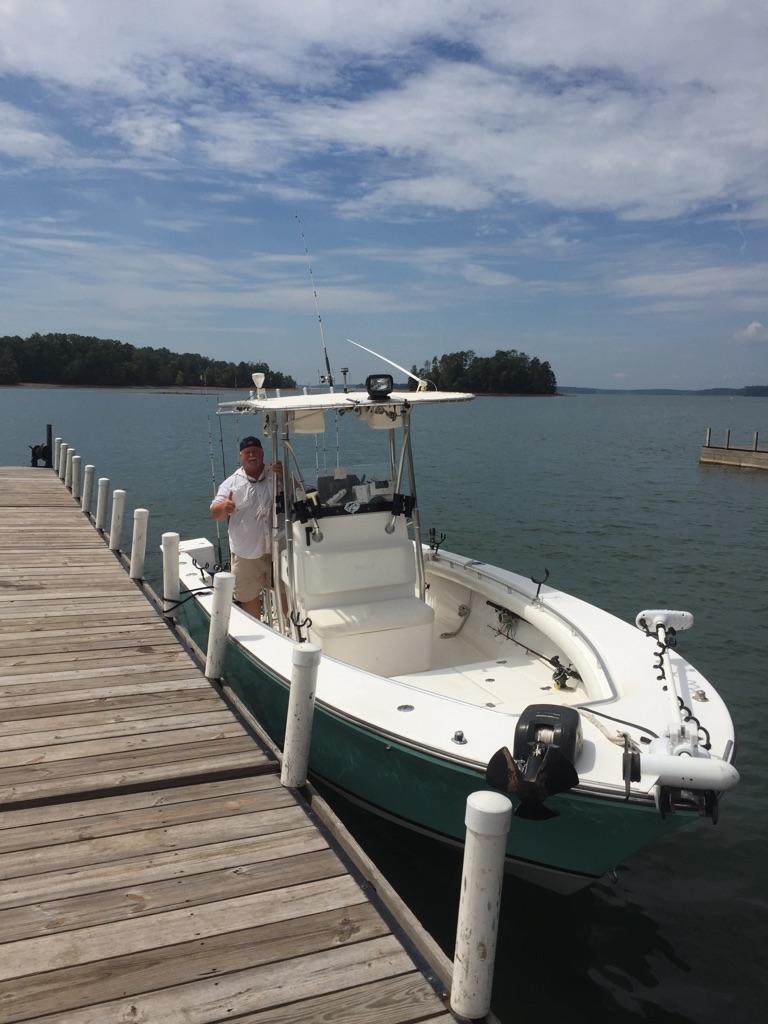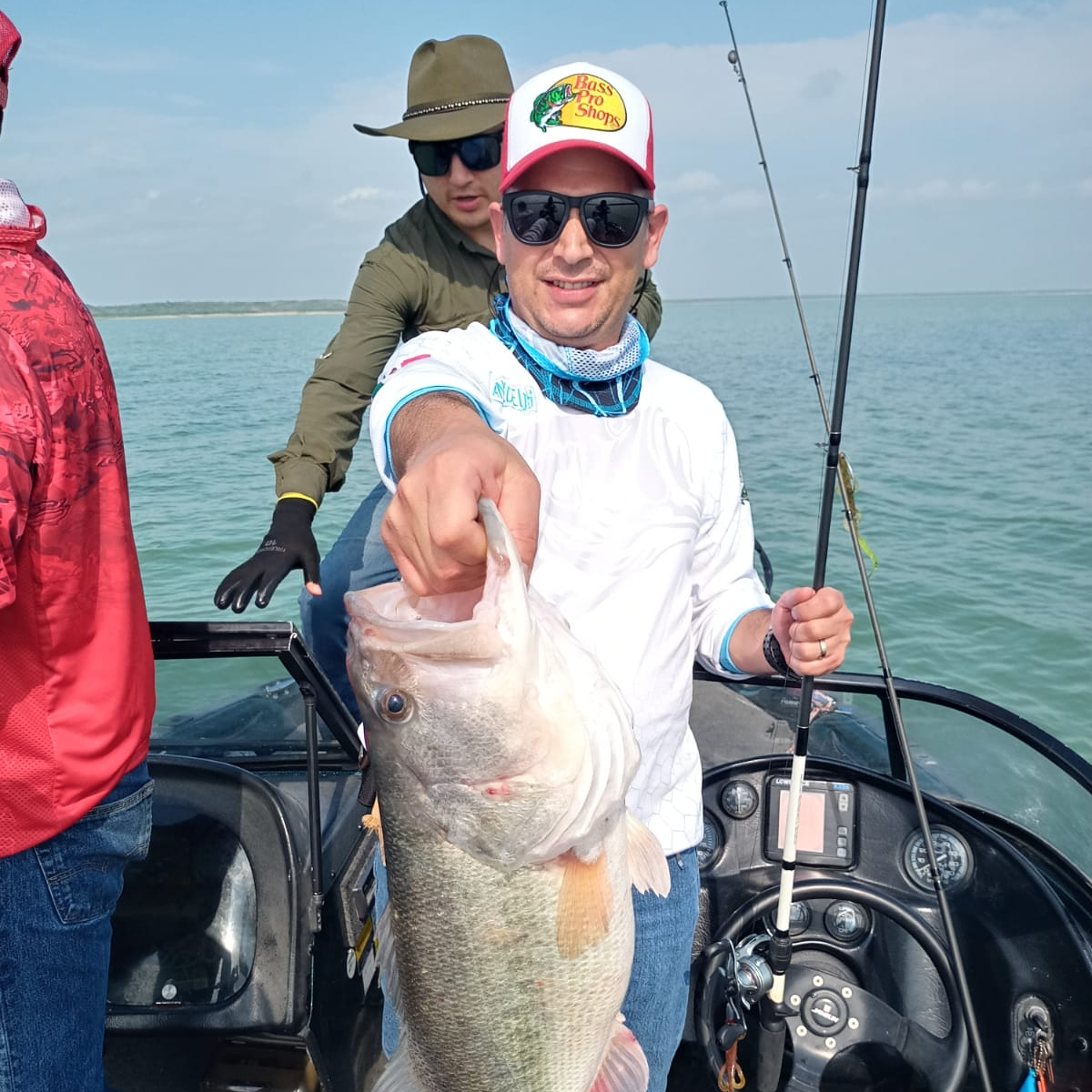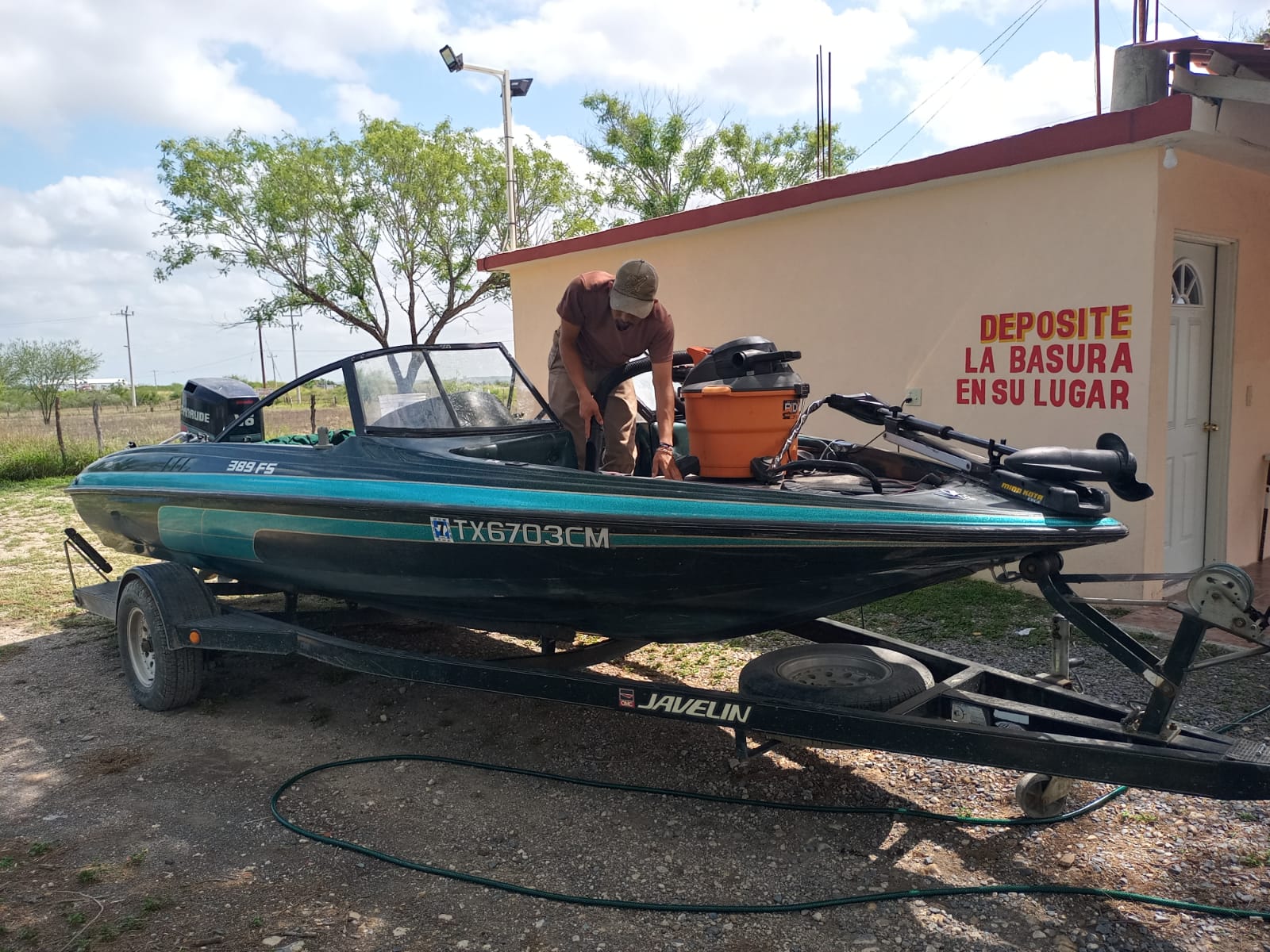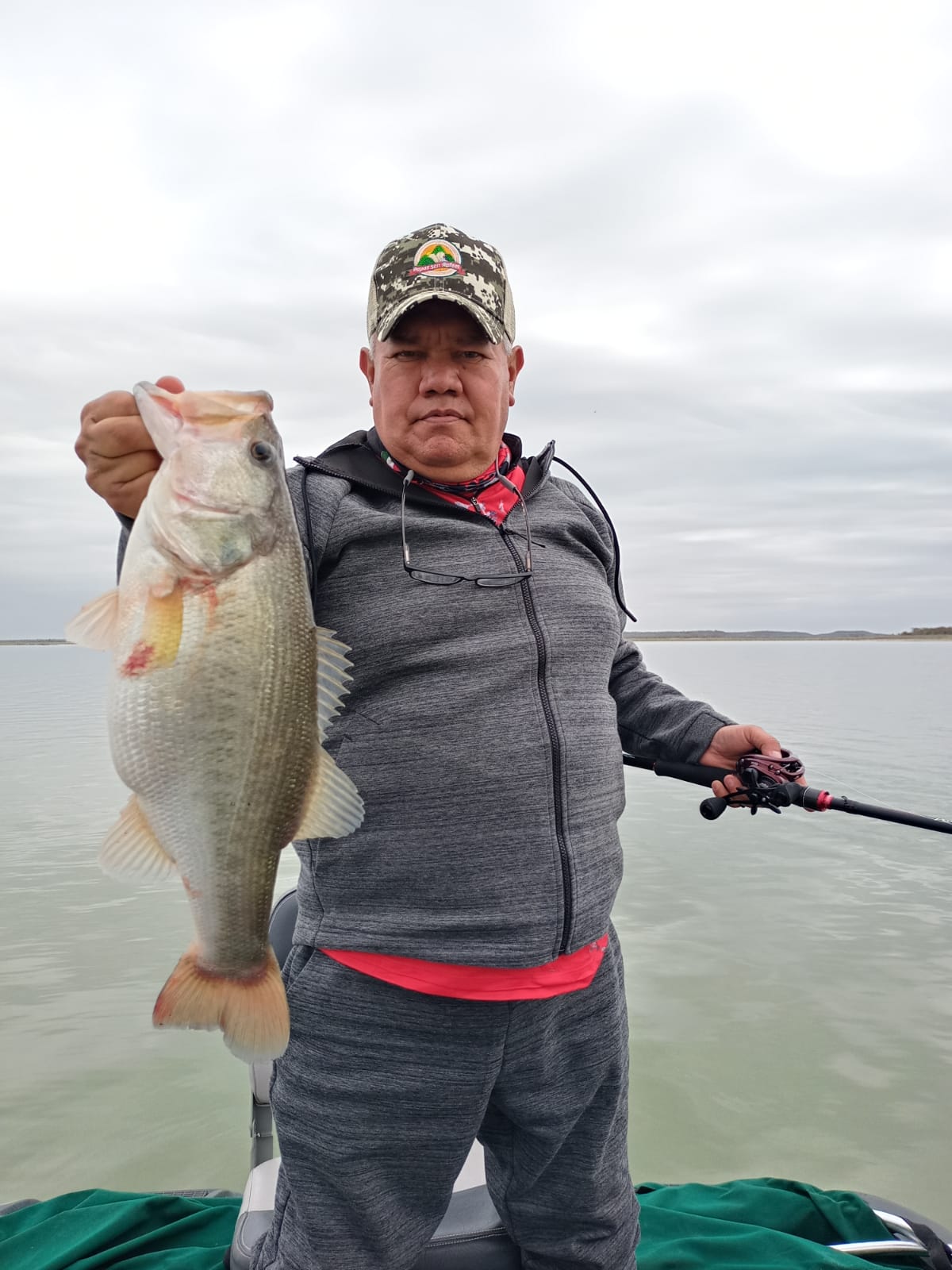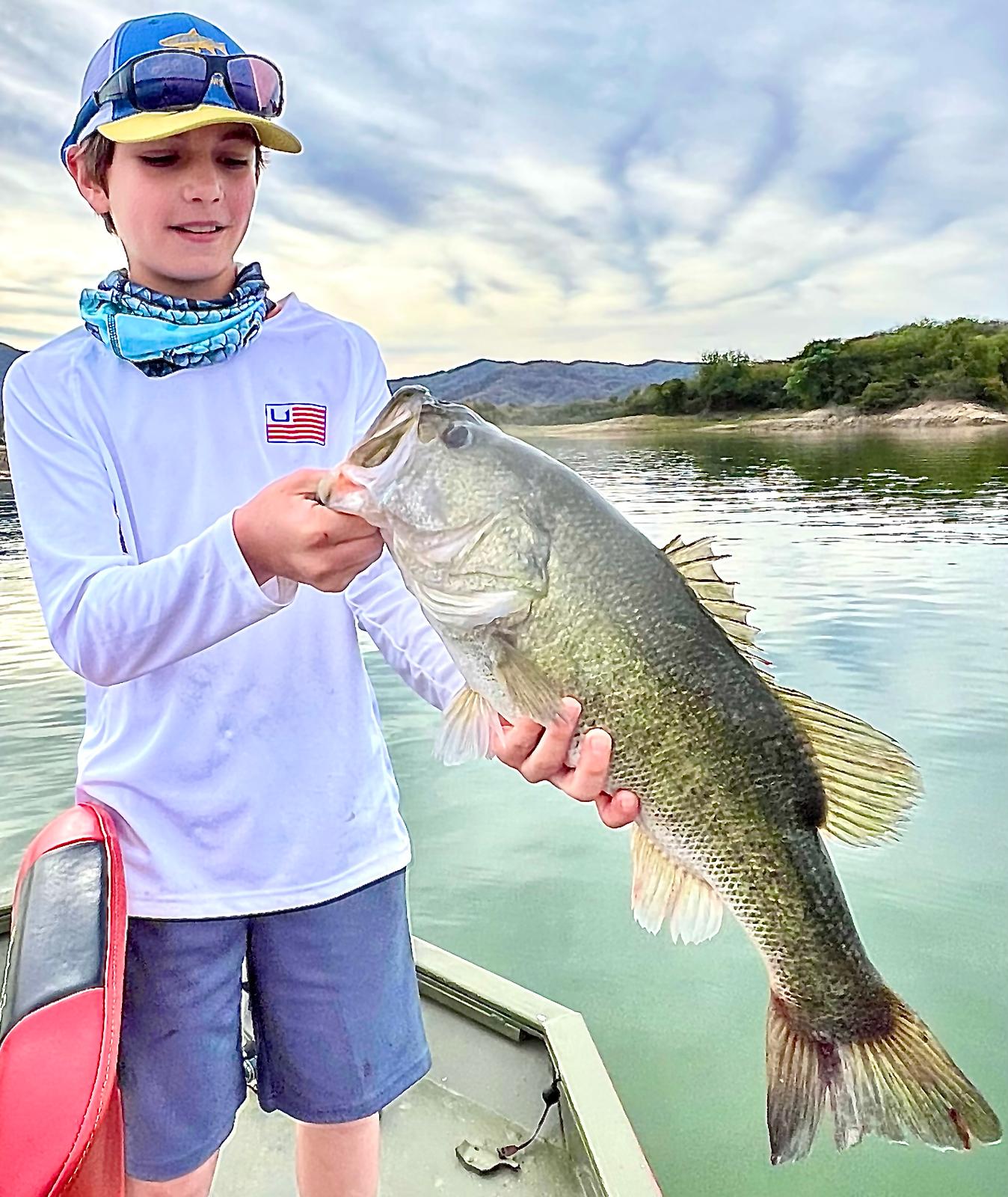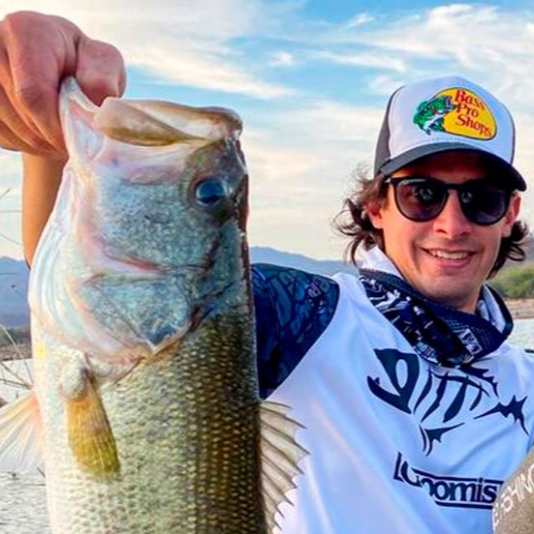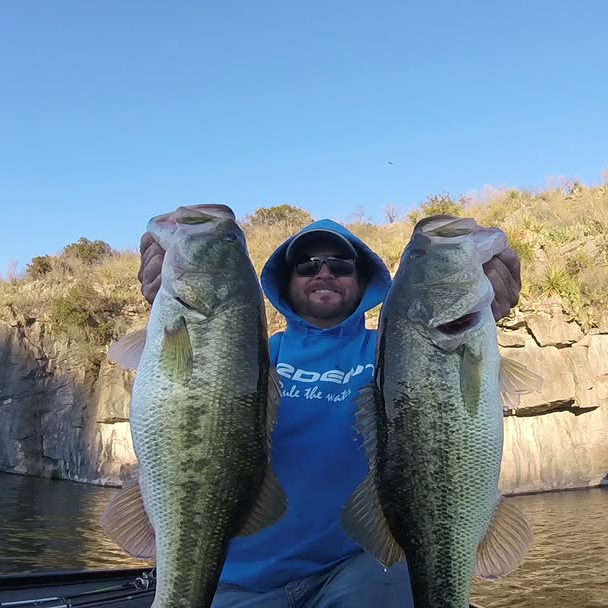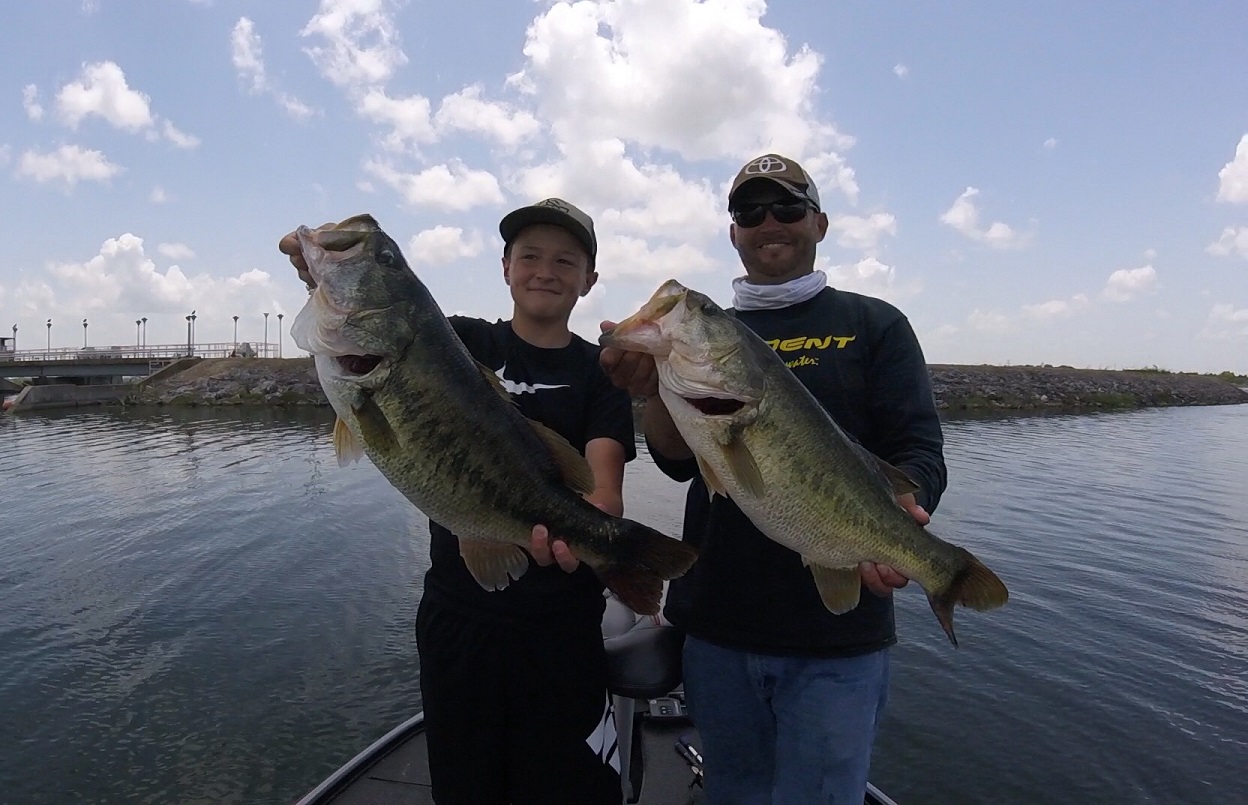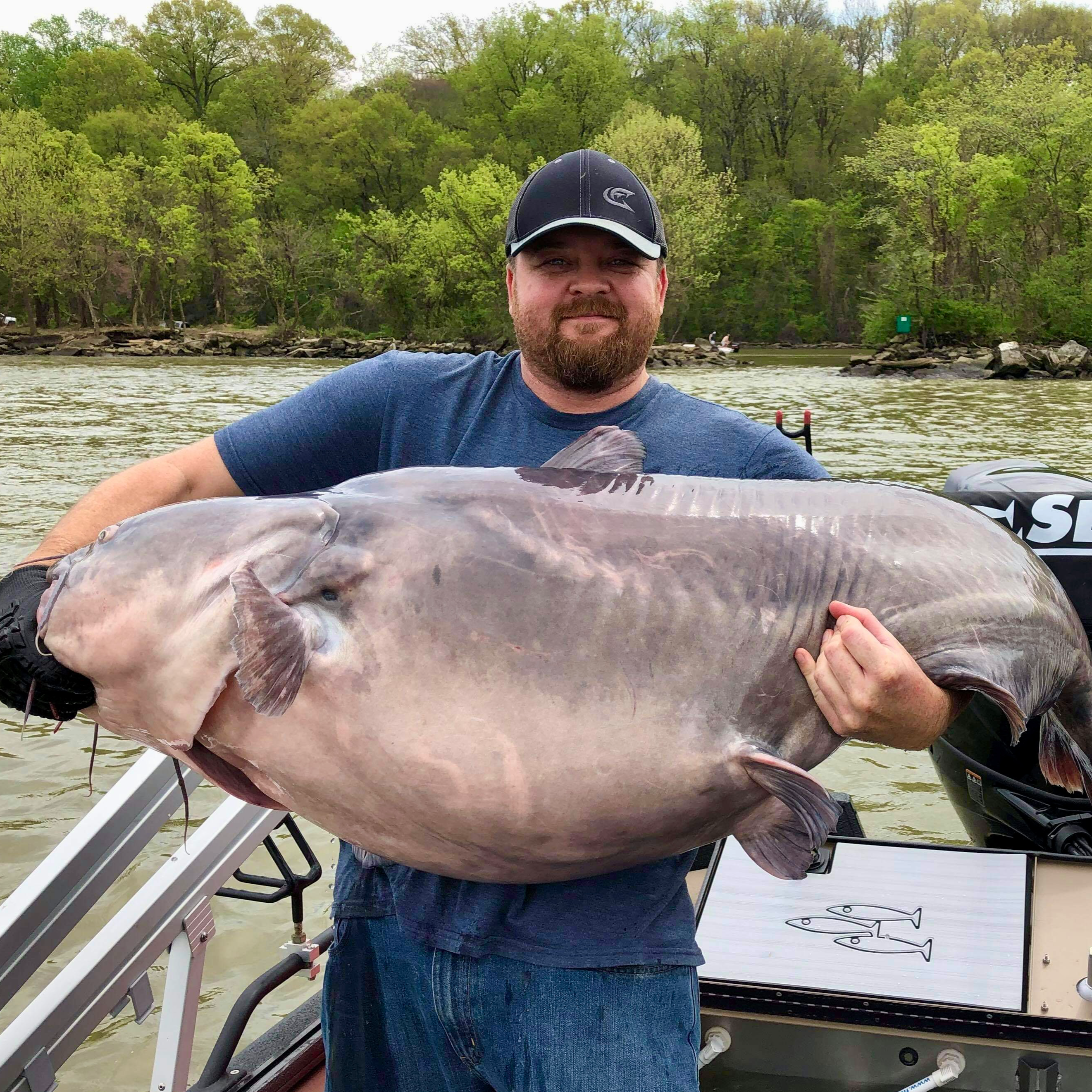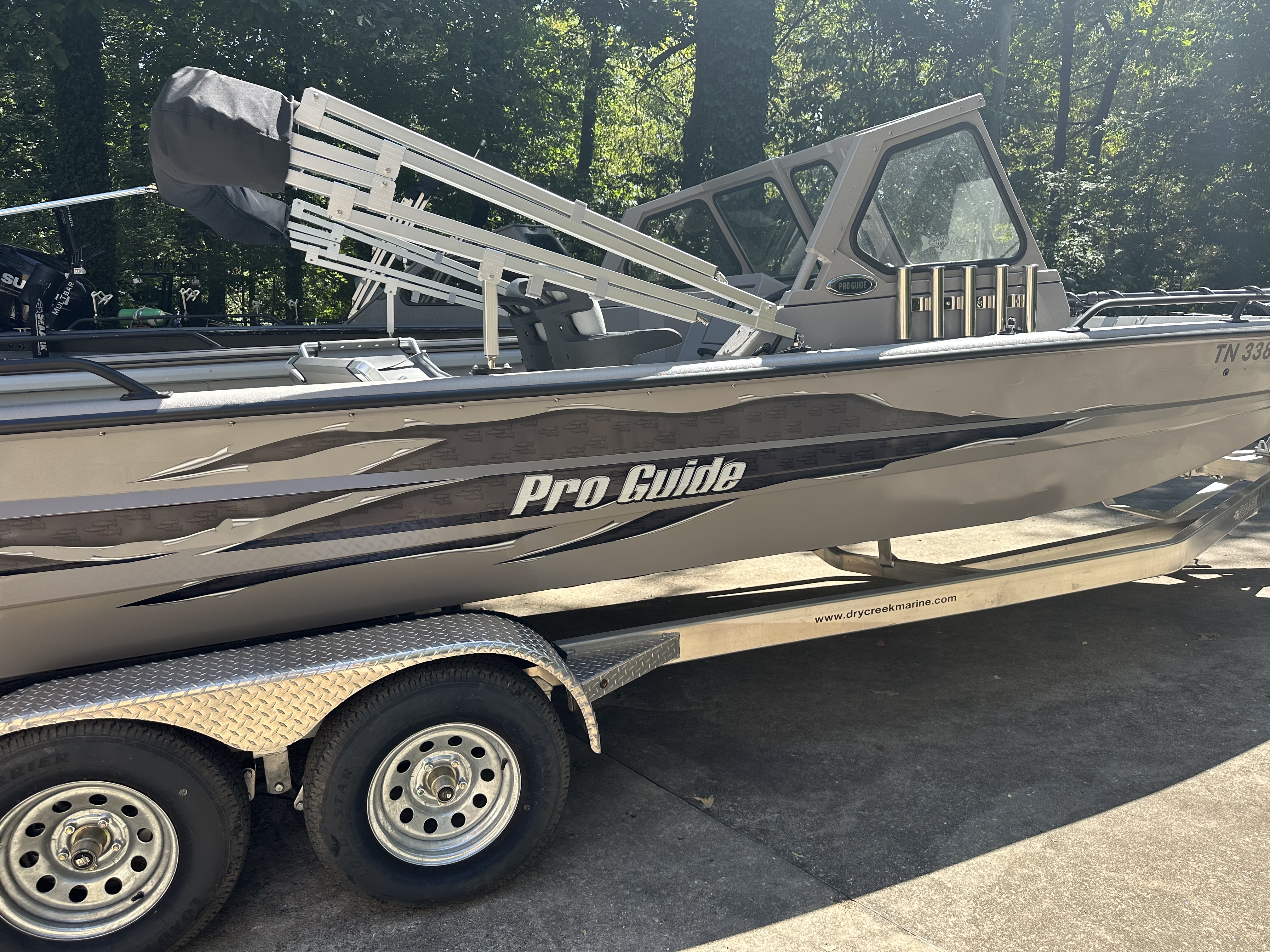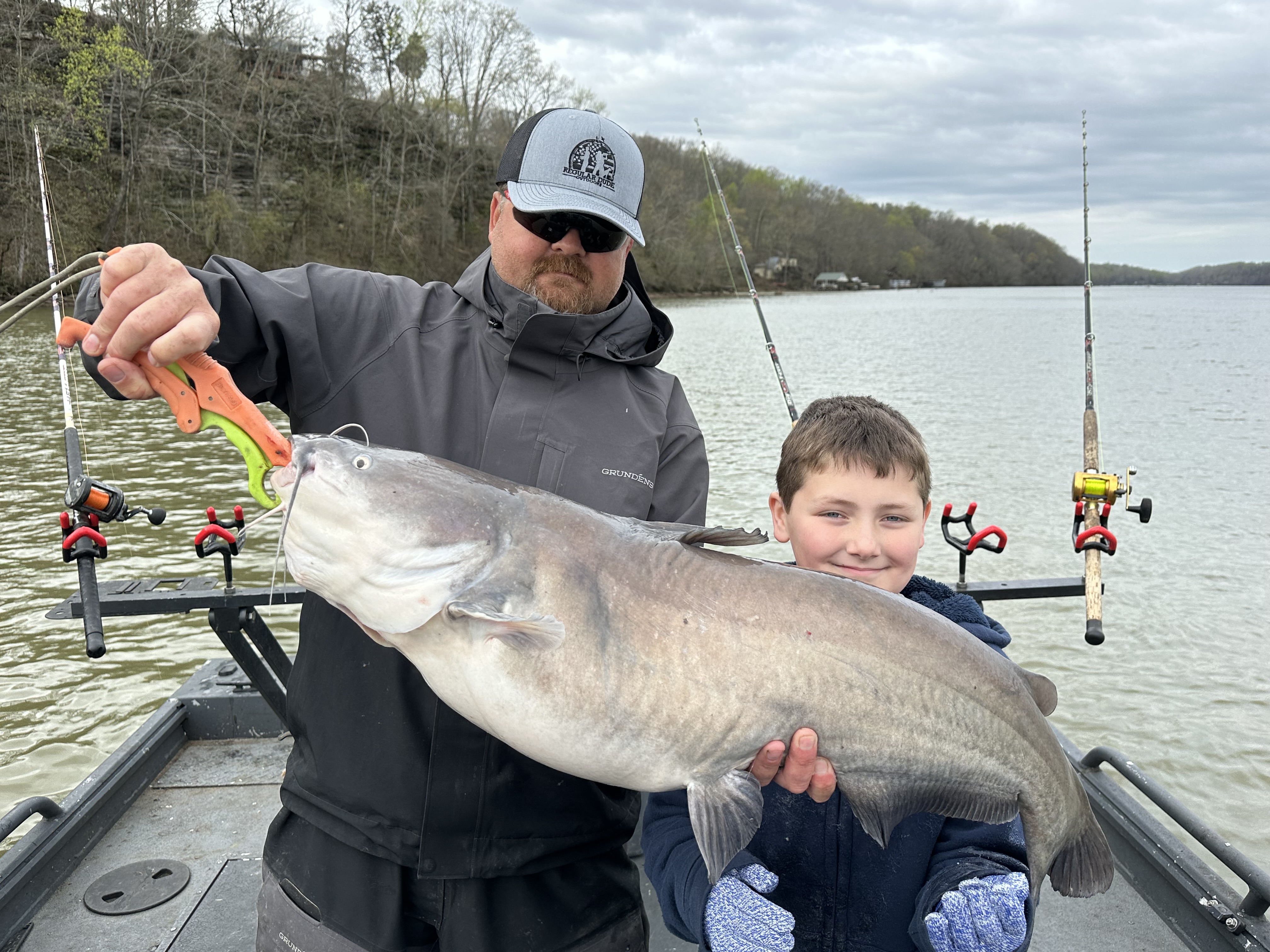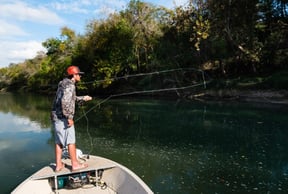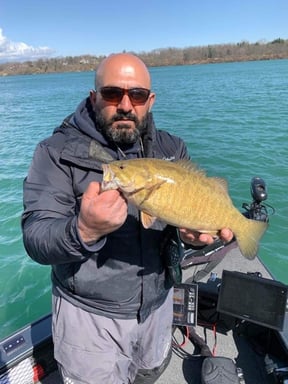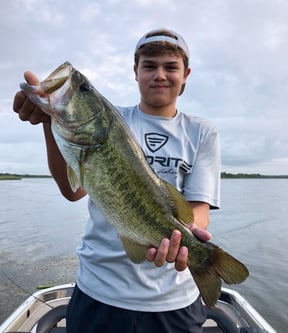Acadia ICE FISHING
3-6Hour Private Bass Fishing
Lake Fishing - Austin, LBJ & Travis
Bull Shoals - Bass & Walleye
Lake Fishing in El Dorado Springs
Beaver Lake - Bass & Walleye
River, Lake Fishing in Anderson
Lake Hartwell Half Day
Lake Fishing in Ciudad Apodaca
Lake El Cuchillo Bass Fishing
Bass Fishing Lake Picachos, México
Marble Falls Fishing
River, Lake Fishing in Decatur
Tennessee River Catfishing
We started Captain Experiences to make it easy to book fishing and hunting guides around the world. With over 2,000 Damn Good Guides, our platform makes finding and booking a trip seamless. Head here to check out our trips.
Do you know the difference between smallmouth bass and largemouth bass? If not, don't worry - you're not alone! These two types of bass are often confused for one another. In this blog post, we will discuss everything you need to know about smallmouth and largemouth bass. We will cover their physical differences, where they are found, what they eat, how big they get, and more!
What's a Smallmouth Bass
Smallmouth bass are a type of freshwater fish that is native to North America. They get their name from their small mouths, which are significantly smaller than those of largemouth bass. Smallmouth bass can be brown, olive green, or bronze in coloration, and they have dark vertical stripes running down their sides. These fish typically grow to be between 12 and 18 inches long, but they can reach lengths of up to 24 inches. Smallmouth bass are typically found in rivers and streams with rocky bottoms. They prefer cold water and can be found in lakes and reservoirs as well. In the United States, smallmouth bass are most commonly found east of the Rocky Mountains.
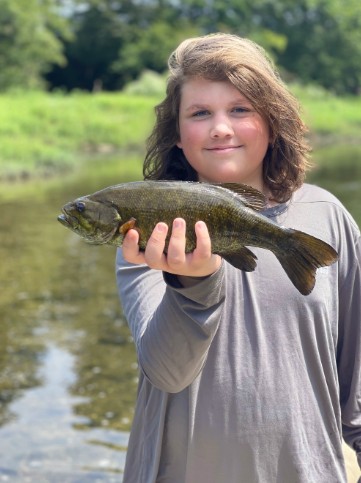
Smallmouth bass are opportunistic feeders, which means they will eat whatever food is available to them.Their typical diet consists of small fish, crayfish, insects, and other small aquatic animals. Both live bait and artificial lures work for catching these freshwater predators, as well as a multitude of fishing techniques. You can use sight casting, deep dropping, kayak fishing, or really any technique. Smallmouth bass are popular among anglers because they put up a good fight when they are hooked, and also taste delicious. If you want to try your hand at smallmouth bass fishing, check out some of our great guides available!
What's a Largemouth Bass
Largemouth bass are the largest member of the sunfish family. They get their name from their large mouths, which can extend past their eyes. Largemouth bass are generally darker than smallmouth bass. They can be green, brown, or black in coloration, except the dark stripes along their sides can appear horizontal. These fish are much larger than smallmouth bass, and can typically grow to be between 16 and 24 inches long. Some even grow to 3 inches or more! Largemouth bass are typically found in lakes and ponds with soft bottoms and vegetation. They can range from the bottom depths to the surface of lakes, depending on the temperature and where their prey is located.

Like smallmouth bass, largemouth bass eat small fish, crayfish, insects, and other small aquatic animals. They are popular among anglers because they are aggressive predators and are quick to bite. Once on the hook, they put up a ferocious fight. Artificial lures and live bait both work well for whacking largemouth bass, and they can be caught from kayaks, docks, boats, and even the shore. Check out some of our incredible guides and get started booking your largemouth bass adventure!
Milo Kashey
Updated on July 31, 2023

May 13, 2024

July 1, 2024
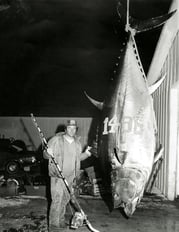
June 3, 2021

June 28, 2023

April 26, 2022
Related Articles
July 26, 2022
August 1, 2022
August 1, 2022
Featured Locations
- Fishing Charters Near Me
- Austin Fishing Guides
- Biloxi Fishing Charters
- Bradenton Fishing Charters
- Cabo San Lucas Fishing Charters
- Cancun Fishing Charters
- Cape Coral Fishing Charters
- Charleston Fishing Charters
- Clearwater Fishing Charters
- Corpus Christi Fishing Charters
- Crystal River Fishing Charters
- Dauphin Island Fishing Charters
- Daytona Beach Fishing Charters
- Destin Fishing Charters
- Fort Lauderdale Fishing Charters
- Fort Myers Fishing Charters
- Fort Walton Beach Fishing Charters
- Galveston Fishing Charters
- Gulf Shores Fishing Charters
- Hatteras Fishing Charters
- Hilton Head Fishing Charters
- Islamorada Fishing Charters
- Jacksonville Fishing Charters
- Jupiter Fishing Charters
- Key Largo Fishing Charters
- Key West Fishing Charters
- Kona Fishing Charters
- Lakeside Marblehead Fishing Charters
- Marathon Fishing Charters
- Marco Island Fishing Charters
- Miami Fishing Charters
- Montauk Fishing Charters
- Morehead City Fishing Charters
- Naples Fishing Charters
- New Orleans Fishing Charters
- New Smyrna Beach Fishing Charters
- Ocean City Fishing Charters
- Orange Beach Fishing Charters
- Panama City Beach Fishing Charters
- Pensacola Fishing Charters
- Pompano Beach Fishing Charters
- Port Aransas Fishing Charters
- Port Orange Fishing Charters
- Rockport Fishing Charters
- San Diego Fishing Charters
- San Juan Fishing Charters
- Sarasota Fishing Charters
- South Padre Island Fishing Charters
- St. Augustine Fishing Charters
- St. Petersburg Fishing Charters
- Tampa Fishing Charters
- Tarpon Springs Fishing Charters
- Venice Fishing Charters
- Virginia Beach Fishing Charters
- West Palm Beach Fishing Charters
- Wilmington Fishing Charters
- Wrightsville Beach Fishing Charters
